The luxury resale market is undergoing a quiet revolution, one that aligns high-end fashion with environmental consciousness in ways previously unimaginable. The RealReal, the American online marketplace for authenticated luxury consignment, has made its boldest sustainability move yet with the introduction of an innovative 'Carbon Credit' rewards system. This groundbreaking initiative represents more than just another loyalty program—it's a fundamental rethinking of how luxury consumers interact with their purchases on an ecological level.
At its core, the new system translates the environmental benefits of buying secondhand into tangible rewards for shoppers. Every purchase made on The RealReal's platform now earns carbon credits alongside traditional loyalty points, creating what industry analysts are calling "the first truly ecological rewards program in luxury retail." The company has partnered with climate tech specialists to develop proprietary algorithms that calculate the carbon footprint savings of each secondhand purchase compared to buying new.
The mathematics behind these carbon credits reveals surprising insights about fashion's environmental impact. A pre-owned Chanel flap bag, for instance, saves approximately 58kg of CO2 emissions—equivalent to driving 145 miles in an average gasoline-powered car. These calculations consider everything from raw material extraction and manufacturing to transportation and packaging that would be required for a new equivalent item. The RealReal's system then converts these savings into credits that shoppers can redeem for platform perks or donate to environmental causes.
What makes this initiative particularly noteworthy is its timing. Coming just months after new regulations in several U.S. states mandated stricter sustainability disclosures for secondhand luxury retailers, The RealReal's program appears both proactive and prescient. California's recently passed Secondhand Goods Transparency Act requires resellers to provide detailed information about product origins and environmental impact—standards that the carbon credit system inherently satisfies through its detailed emissions reporting.
The psychological impact on consumer behavior may prove even more significant than the regulatory compliance. Luxury shoppers have traditionally been slow to embrace sustainability messaging, often viewing it as conflicting with the aspirational nature of high-end goods. By framing environmental benefits as a form of currency—something to be accumulated and strategically spent—The RealReal has found an ingenious way to make sustainability feel rewarding rather than restrictive. Early data suggests this approach is resonating, with platform engagement metrics showing double-digit percentage increases since the program's launch.
Behind the scenes, the carbon credit system relies on an intricate web of data partnerships and verification processes. The RealReal has collaborated with the Sustainable Apparel Coalition to access their Higg Index materials data, while also working with independent climate scientists to validate their emissions calculations. This multilayered approach helps guard against "greenwashing" accusations that have plagued other eco-conscious retail initiatives. Each product listing now includes a detailed breakdown of its environmental impact, displayed with the same prominence as price and authentication details.
The redemption options for accumulated carbon credits reveal the program's thoughtful design. Members can choose to apply credits toward exclusive shopping experiences (like early access to rare items), convert them to discounts on future purchases, or allocate them to verified carbon offset projects. This flexibility appears carefully calibrated to appeal to different shopper motivations—whether they're driven by personal benefit, environmental idealism, or some combination of both.
Industry reaction has been notably enthusiastic, with competing platforms reportedly scrambling to develop similar systems. "This changes the value proposition of secondhand luxury entirely," remarked a retail analyst at a major investment firm. "Suddenly, the environmental benefit isn't just abstract—it's quantifiable and actionable. That creates a whole new dimension of competition in the resale market."
The program's rollout hasn't been without challenges. Some consignors initially expressed concerns about how carbon calculations might affect pricing strategies, while a handful of luxury brands have questioned the methodology behind specific emissions estimates. The RealReal has responded by making their calculation framework publicly available and establishing an appeals process for disputed assessments—transparency measures that have generally been well-received.
Perhaps most intriguing is how the carbon credit system intersects with The RealReal's authentication protocols. Each item's environmental impact calculation now forms part of its digital provenance record, creating an unexpected link between sustainability and authenticity verification. As one company executive put it, "Knowing exactly how much carbon a purchase saves adds another layer of confidence in that item's backstory—it becomes part of what makes that piece special."
The long-term implications could extend far beyond a single platform. If adopted widely, such carbon accounting systems might eventually enable cross-platform sustainability metrics for fashion items—a kind of environmental passport that follows products through multiple ownership cycles. Several industry groups are already discussing standardization efforts, with The RealReal's framework serving as a likely starting point.
For now, the program stands as one of the most concrete examples of how luxury retail can operationalize sustainability commitments. In an era where consumers increasingly expect brands to demonstrate environmental responsibility, The RealReal's carbon credits offer something rare: immediate, measurable proof of impact. As secondhand fashion continues its march toward mainstream acceptance, initiatives like this suggest that luxury's future may belong to those who can make sustainability feel not just virtuous, but genuinely luxurious.
The coming months will reveal whether competitors can match this innovation or if The RealReal will maintain its first-mover advantage. What's already clear is that the rules of luxury resale are changing—and carbon has unexpectedly become part of the currency.

By /Jul 24, 2025

By /Jul 24, 2025
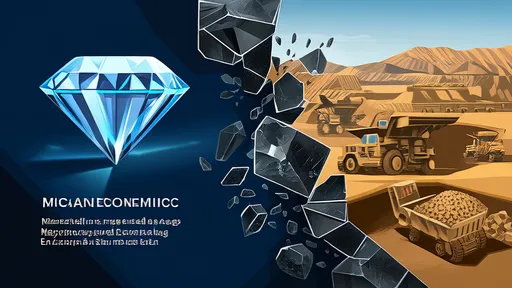
By /Jul 24, 2025

By /Jul 24, 2025

By /Jul 24, 2025
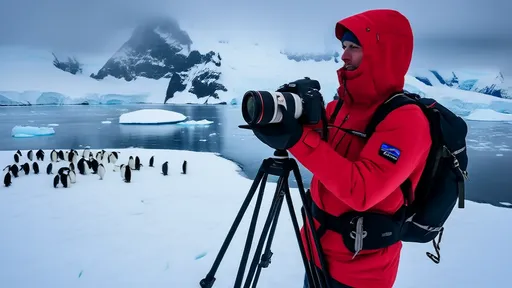
By /Jul 24, 2025
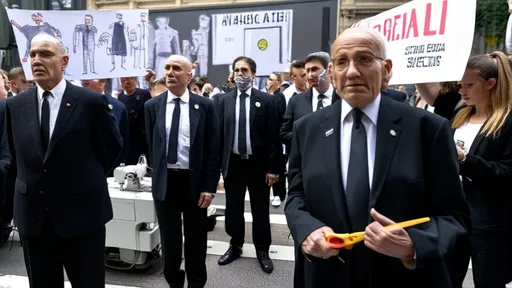
By /Jul 24, 2025
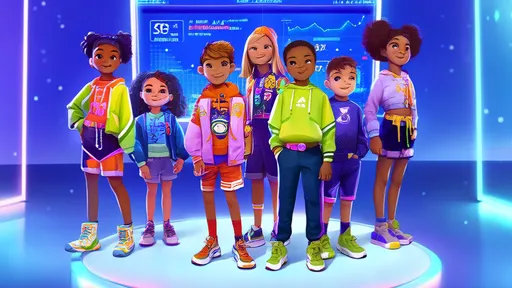
By /Jul 24, 2025

By /Jul 24, 2025

By /Jul 24, 2025
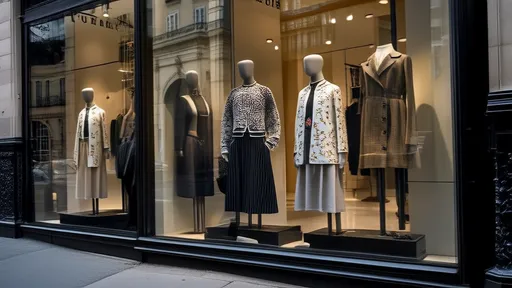
By /Jul 24, 2025
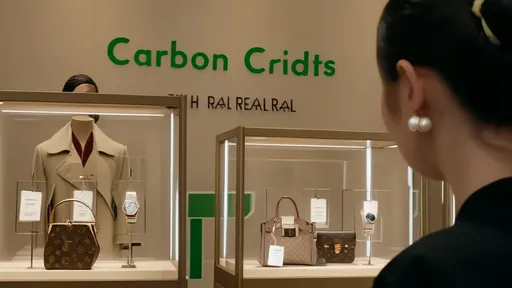
By /Jul 24, 2025

By /Jul 24, 2025

By /Jul 24, 2025
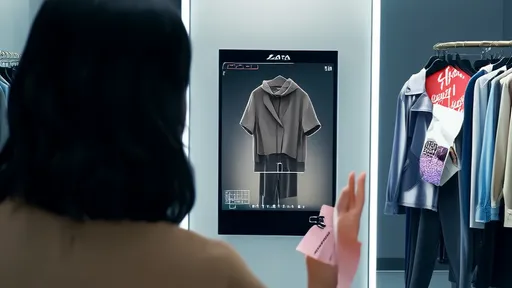
By /Jul 24, 2025

By /Jul 24, 2025
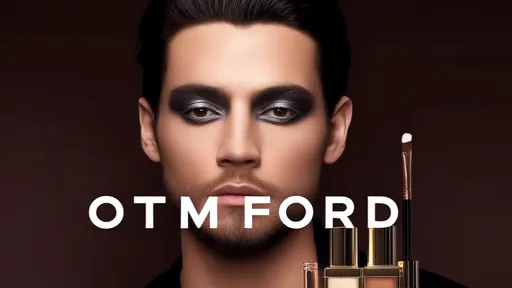
By /Jul 24, 2025

By /Jul 24, 2025